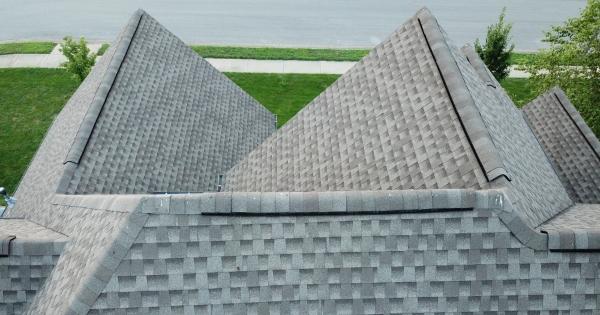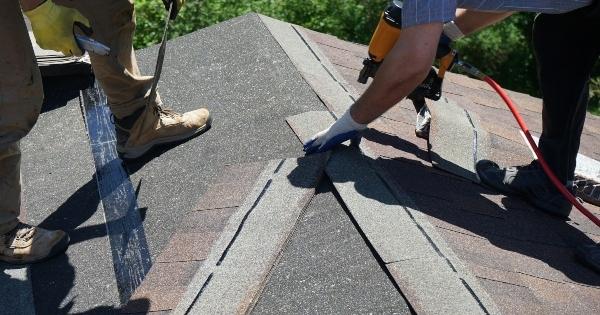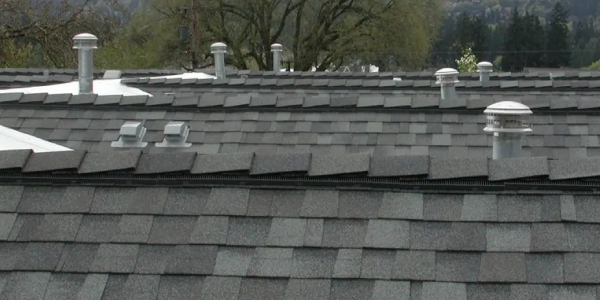Your Ventilation Questions Answered

By Lauren White.
Roofing expert addresses six common queries homeowners have about ventilation.
You may not know it yet, but ventilation is one of the most important aspects of roofing. Proper ventilation will keep your roofing system operating optimally and will prolong the life of your roof. In an interview with Roofing Magazine, Judd Haag, vice president of operations at Bone Dry Roofing in Indianapolis, Indiana and an Owens Corning Roofing Platinum Contractor, addresses six common queries about the value of ventilation and how it supports a roof’s performance and homeowner’s comfort.
1 - Ventilation in different climates
Regardless of the climate you live in, proper ventilation is necessary and a common concern. For those who live in a hotter climate, such as states in the south, proper ventilation prevents excessive heat in attics from baking shingles from the underside. If you live in a cooler climate in the north, “ice dams and water infiltration are common problems that can occur due to unbalanced ventilation and inadequate insulation levels,” shared Judd.
2 - Ventilation and ice damming
For homeowners who live in areas that get snow and ice, a balanced ventilation system and sufficient insulation are key to preventing ice damming and other problems that may result. "Insufficient insulation in the attic can allow heat from the home’s living area to rise up and move into the attic,” according to Judd. “If there is not enough ventilation to move heat out of the attic and replace the displaced attic air with cool air, heat will build up, causing the snow/ice on the roof to melt.” The water then flows down the roof and refreezes above the gutter line, creating a dam. Since the water isn’t able to go anywhere else, it ends up underneath the shingles and inside your living space.
3 - Signs of ice damming
It can be difficult to see visible signs of ice damming without tearing off your roof. When a roof replacement occurs it is easier to see if there is rotted decking near the gutters, which is a sign ice damming has occurred. “Depending on the pitch of the attic, it may be possible to see rotted decking from inside the attic space,” Judd shared. There are a few other things to be on the lookout for that indicate ice damming, such as:
-
Water stains in your home
-
Bubbling paint and drywall inside
-
Rusted nail heads in the attic
4 – How to identify adequate insulation for proper ventilation
Since 50% of the roof is in the attic, the best way to see the conditions of your attic is by getting inside. “If you turn off your flashlight, you should be able to see daylight infiltrating near the soffit intake ventilation,” according to Judd. “If you don’t see daylight, chances are good that the intake ventilation is clogged.” If this is the case, have a professional come to clean out your vents.
There are also online tools and resources, such as the Owens Corning ventilation calculator, that can help you understand how much insulation is needed for your home depending on the dimensions of the space and what vent will be installed. This ventilation calculator tells you how much intake and exhaust ventilation are needed.
5 – Tips to prevent moisture problems
“It’s important to make sure the moisture stays in the living space or gets recycled by the home’s HVAC system,” Judd shared. Bath fans are one way to help expel excess moisture in your home. Ask your contractor if the bath fans are being ventilated to the exterior of the home.
According to Judd, "Equipment such as humidifiers can make moisture management a challenge.” While moisture can be beneficial to people, it can be extremely harmful for your home if it doesn’t have a way to get out.
6 - Final ventilation advice
“It’s not just about exhaust ventilation,” said Judd. “Air can be drawn from the living space into the attic creating even more issues than were there previously." If your ventilation system isn’t balanced, a negative pressure is created in your attic.
The ridge vent is commonly used for both its aesthetic and its effectiveness because it can provide more ventilation than a box vent. “But if you don’t add intake at the roof line, it creates too much exhaust which creates a negative pressure from inside the house and reduces the pressure equilibrium,” Judd shared.
Have a question? AskARoofer.
Find your local roofing contractor in the RoofersCoffeeShop® Contractor Directory.
Original article source: Roofing Magazine
About Lauren
Lauren is the editor for RoofersCoffeeShop and AskARoofer™. When she’s not writing or Googling roofing terminology, she's adventuring with her puppy Kira and watching sunsets. Learn more about her here.













Comments
Leave a Reply
Have an account? Login to leave a comment!
Sign In